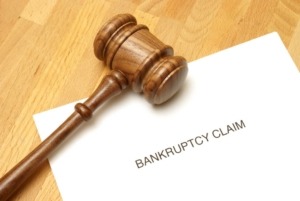
US Bankruptcy Law and the Rise of Preference Claims
It has often been said that risk taking and entrepreneurial spirit are what drive the economy of the United States. In many ways, this is reflected in US regulations and laws and, most notably, in the transformation of Corporate Bankruptcy into a strategic tool.
Two common stages of US Corporate Bankruptcy are known as Chapter 7 (Liquidation) and Chapter 11 (Reorganization).
Approximately 80% of Chapter 11 cases avoid the next stage of liquidation (Chapter 7) and the ailing companies are subsequently able to survive. Many corporations see this statistic as a reason to not insure their trade receivables. These corporations assume that their debtors in Chapter 11 will, eventually, recover and pay any outstanding amounts. This view is incomplete and potentially dangerous for many reasons including the increasing frequency of Preference Claims in the United States.
As part of the bankruptcy process, in some cases the court may determine that payments made by the debtor prior to bankruptcy have to be returned to the debtor… An unpleasant surprise for an uninsured creditor! This rule, as determined by Congress in the Bankruptcy Code, is intended to prevent a debtor from paying certain “preferred” creditors whilst not paying others in the run-up to a bankruptcy. Therefore, paradoxically, the largest and “preferred” creditors, often comforted by a sound relationship with the debtor, are in fact exposed to the greatest risk!
Credit Insurance policies are an excellent way to affordably mitigate the risk of Preference Claims.
Please contact AU Group North America for more information.

